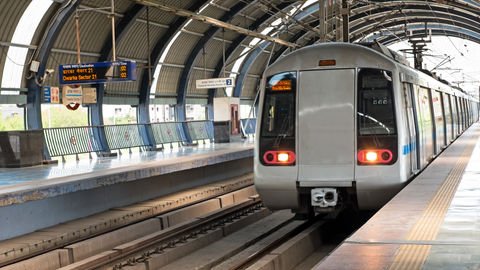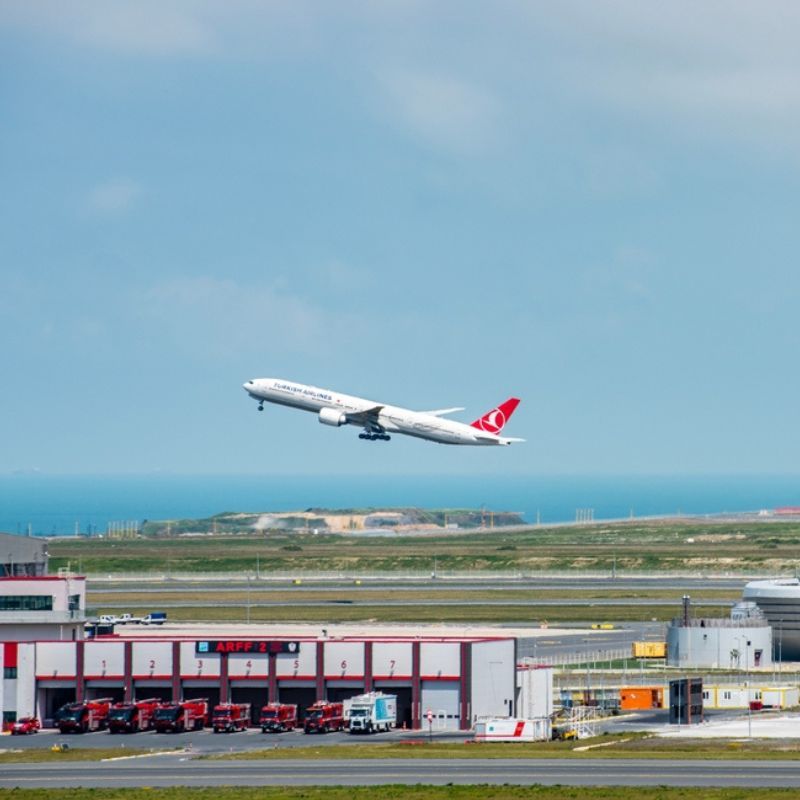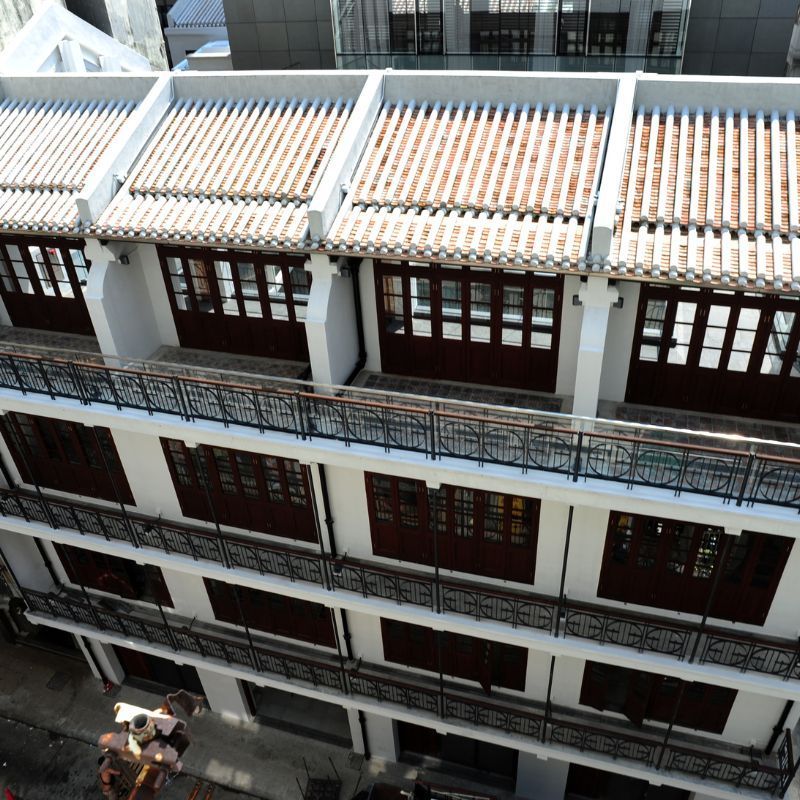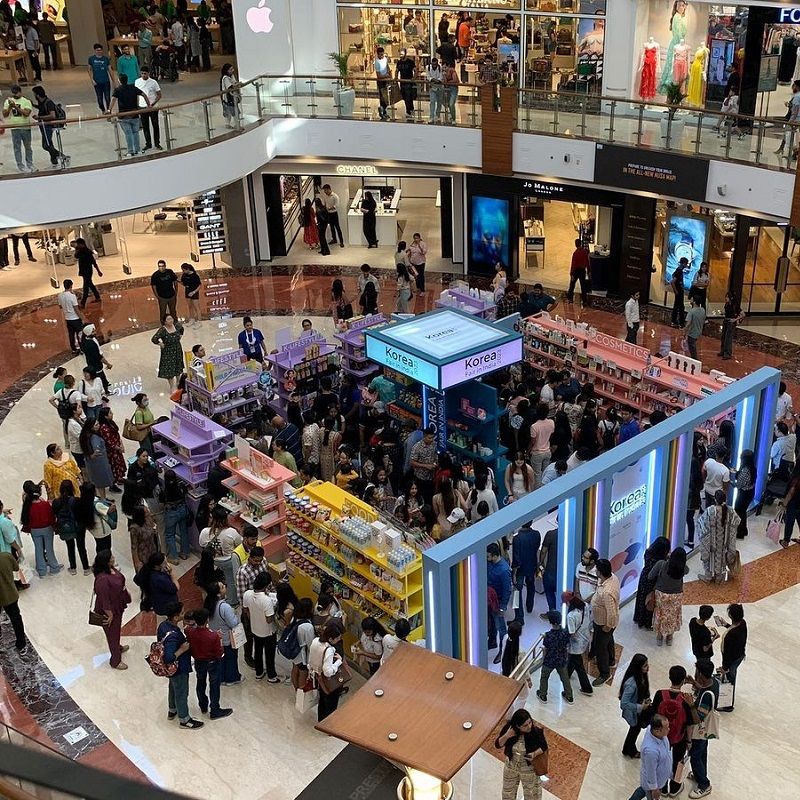
Editor’s note: The global COVID-19 crisis has left each one of us deeply affected and we want to help. Burda Media India has organised a fundraising campaign to #FightBackWithTesting and donating RT-PCR test kits to the worst-affected areas in India, which will be secured from our testing partner Mylab Discovery Solutions. You can help these kits reach many more by donating for the cause or by adopting a kit. Click here to join the fight.
Delhi’s metro services, stretched across the capital, are the most convenient means of transportation for people across economic backgrounds. After a two month hiatus due to the nationwide lockdown, Delhi Metro is now ready to resume services. By Manya Saini
After nearly two months of not operating because of Central Government regulations during the nationwide lockdown, the Delhi Metro services are set to return to India’s capital any day now. The Delhi Metro Rail Corporation (DMRC), an autonomous body that manages the operations had asked all its employees to report to duty on Tuesday.
View this post on Instagram
As per reports, the regular metro maintenance staff had been coming to work on a rotational basis, for the last month, to ensure the suitability of the service once the COVID-19 lockdown was lifted. DMRC has claimed that it will ensure that all social distancing protocols are judiciously followed inside the plane, during security as well as on platforms.
The customer relations employees of DMRC have been working on a new Standard Operating Procedure (SOP) to educate passengers regarding the post-Coronavirus rules which will be in place when services resume. On the first day after starting, the trains will be running at the highest possible frequency for the management to see the preparedness and judge the number of travellers that can be accommodated.
At the entry gate of every metro station, DMRC is ensuring that all passengers will have to undergo thermal screening. People with a fever and symptoms like coughing and sneezing will not be allowed to board the metro. The official contact tracing, Aarogya Setu mobile application has also been made mandatory for those who wish to avail the service.
View this post on Instagram
The Central Government had earlier issued guidelines to metro operators highlighting that no train will be allowed to stop at a station for longer than 30 seconds. Passengers will be allowed to sit on only alternate seats, while those standing will be required to keep a distance of at least one meter. Apart from this, housekeeping services also will be ramped up to ensure regular disinfection and highest standards of hygiene in the premises.
While these guidelines were given only as advisories, they are likely to be implemented, however, many officials have expressed concerns regarding the ability of metro security and staff to effectively control crowding.
The Delhi Government and DMRC had both been in favour of bringing back the essential service even as the country continued to remain under lockdown on May 18. However, the decision to restart did not receive the Centre’s nod even as domestic flights, buses, and trains were allowed to resume services.
Related: International Flights May Resume Operations Before August, Hints India’s Aviation Minister










